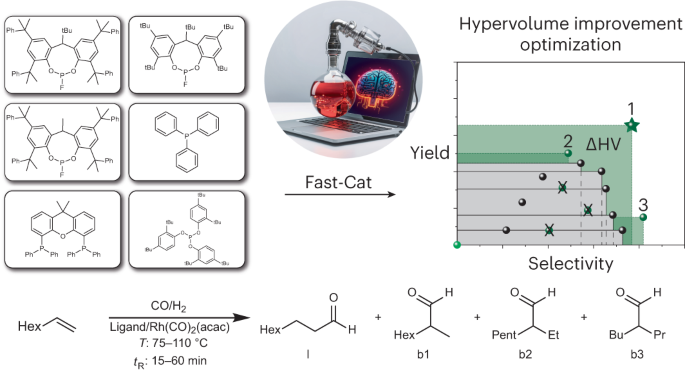2024-02-27 パシフィック・ノースウェスト国立研究所(PNNL)
<関連情報>
- https://www.pnnl.gov/publications/different-aerosol-emission-sources-work-together-drive-slowdown-atlantic-overturning
- https://www.nature.com/articles/s41467-023-44597-x
アジア産エアロゾルの増加が大西洋重層循環の減速を引き起こす Increased Asian aerosols drive a slowdown of Atlantic Meridional Overturning Circulation
Fukai Liu,Xun Li,Yiyong Luo,Wenju Cai,Jian Lu,Xiao-Tong Zheng,Sarah M. Kang,Hai Wang & Lei Zhou
Nature Communications Published:02 January 2024
DOI:https://doi.org/10.1038/s41467-023-44597-x

Abstract
Observational evidence and climate model experiments suggest a slowdown of the Atlantic Meridional Overturning Circulation (AMOC) since the mid-1990s. Increased greenhouse gases and the declined anthropogenic aerosols (AAs) over North America and Europe are believed to contribute to the AMOC slowdown. Asian AAs continue to increase but the associated impact has been unclear. Using ensembles of climate simulations, here we show that the radiative cooling resulting from increased Asian AAs drives an AMOC reduction. The increased AAs over Asia generate circumglobal stationary Rossby waves in the northern midlatitudes, which shift the westerly jet stream southward and weaken the subpolar North Atlantic westerlies. Consequently, reduced transport of cold air from North America hinders water mass transformation in the Labrador Sea and thus contributes to the AMOC slowdown. The link between increased Asian AAs and an AMOC slowdown is supported by different models with different configurations. Thus, reducing emissions of Asian AAs will not only lower local air pollution, but also help stabilize the AMOC.



